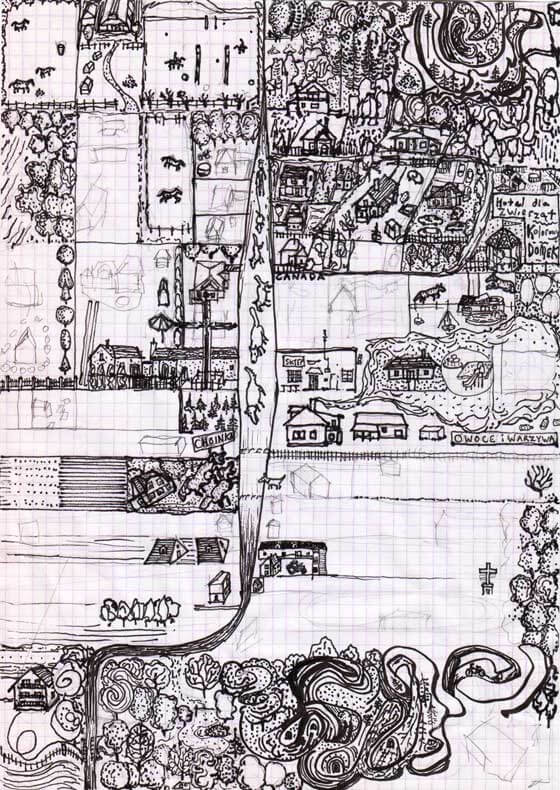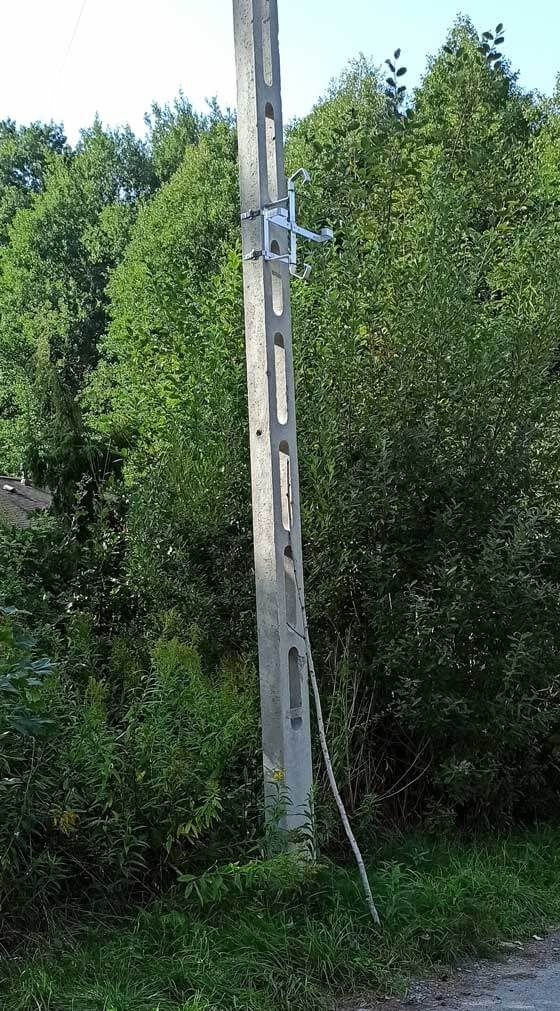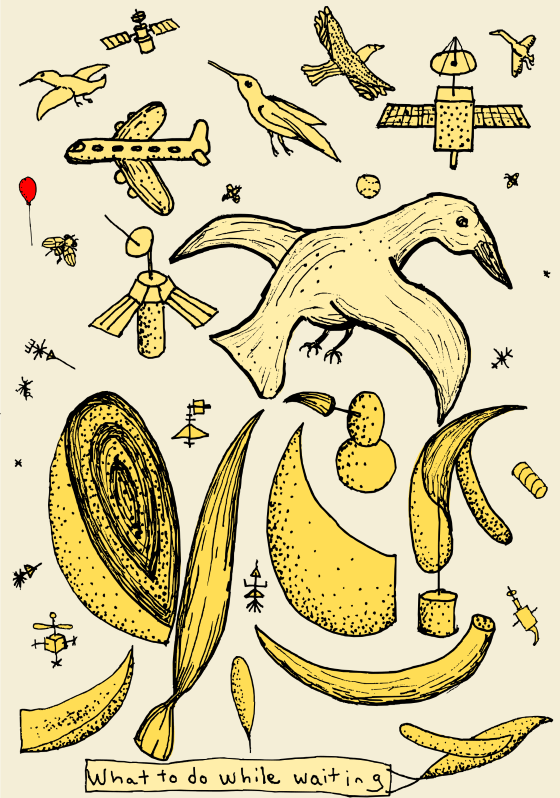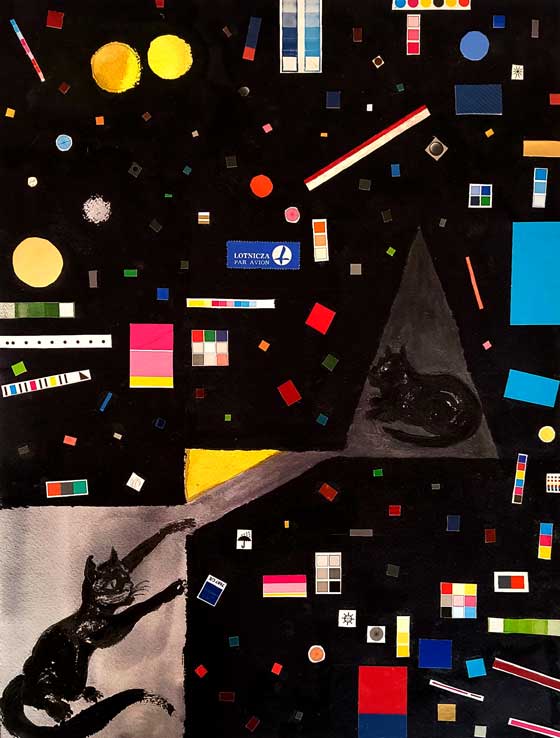
It is unfair that black cats are considered bad luck merely because they crossed a person’s path. This bias has has given me extra sympathy for black cats. As such I always wanted to make a drawing of a feline in ink the main focus of a picture. While a cat may go about its business unaware of this bias, an undeserved reputation is unfortunate for people because it is easy to malign character and often hard to defend. Overcoming innuendo requires a strength of self. The self awareness to accurately judge criticism is a skill developed over time as we are tested and learn from experience.
In a away, art is another kind of character exercise. When an artistic endeavor extends over a longer period, the scope of evaluation broadens as well as questions about nature of the work. A chain of additional considerations is built into the process. Elements are added or removed and the visual balance shifts the interconnected meaning of the parts. Each addition or adjustment is a new balance, opening questions about how to keep going, and when to stop. While there is self doubt (Is this any good?), there also must be joy.
As such, the cat, the artist, and the picture are in a state of play.
Cat Crossing
Different kinds of cats have crossed my path and have served as inspiration. Throughout my life printed ephemera has had made an impact. The artist may be unknown and the work may be impermanent, but this kind of art is a currency that keeps moving within culture. Finding it can be a surprise or even a treasure. The following is an example of such a find.
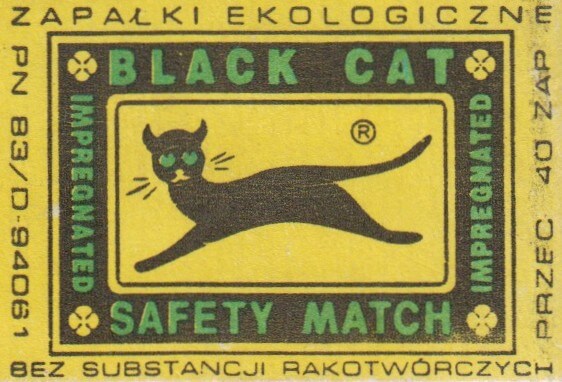
Cat Question
Catnip is the first thing that came to my mind when I thought of a title for this post. However, I realized I did not have a complete meaning. I knew it was a bit drug like for cats. In the case of the picture above, I do not have a title. After a first look at a picture, the viewer has ideas and a summary opinion quickly follows. However, ta title is succinct and formulated in a way that requires an additional step and invention. The New Yorker’s cartoon caption contest is attractive because of a distillation processes. I am looking and thinking about a title, but for now the cat has got my tongue.
If you have idea’s for a title, feel free to leave a comment.
